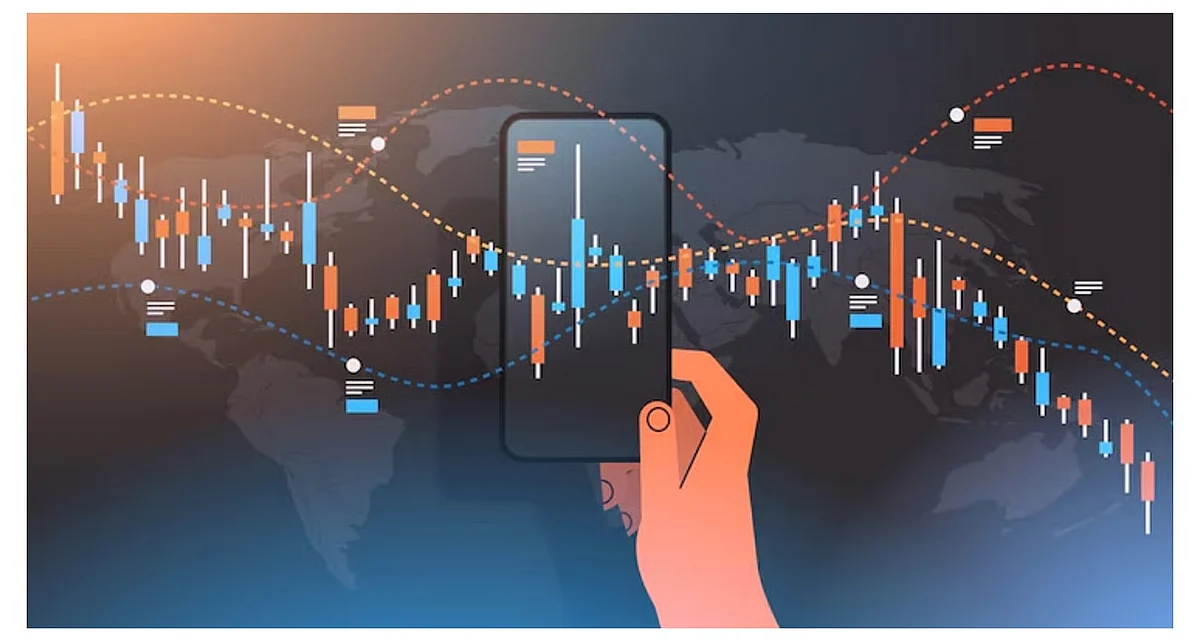Three years ago, India abruptly walked out of the Regional Comprehensive Economic Partnership (RCEP), a free trade agreement among 15 nations, including China. The RCEP trade negotiations had been going on for nearly 10 years, during which India had been an active and enthusiastic participant. The present RCEP grouping represents about 30 per cent of global GDP and is rising. Intra RCEP trade without India is worth 2.3 trillion dollars. The RCEP agreement finally came into force on January 1 this year (they were waiting and hoping India would join). This agreement encompasses broad areas of cooperation and seeks to eliminate nearly 90 per cent of all tariffs, making it a sort of economic union.
India’s apprehension and eventually not joining was perhaps due to a fear that Chinese goods would enter duty-free into India, swamping the home market. But our trade deficit with China has been growing steadily for the past three years, and even total trade volume has increased, notwithstanding the clash in Ladakh. India’s GDP growth also seems to be back on track toward a 7 or 7.5 per cent growth. India will eventually benefit from the ‘China plus one’ strategy of many global investors, as they seek to set up factories outside China, in other countries like Vietnam, Thailand or even India. By not signing the RCEP, India may have dented its chances of attracting investments in various parts of the manufacturing supply chain in sectors like electronics, textiles and automotive. That is because when investors choose to locate their investments, which span a whole value chain, and when the chain has to cross boundaries, they would choose to be inside RCEP territory to enable seamless movement of the goods. If India is outside the RCEP, it poses a disadvantage for investors in value chains, when the rest of the chain is in RCEP countries. So, by narrowly focusing only on the trade deficit aspect of RCEP, India may have missed the value chain bus. Also keep in mind, India already had a free trade agreement in place with 12 out of 15 countries before its decision to walk out. It has now also signed a free trade agreement with Australia, the 13th out of the 15 RCEP nations.
There are three big trade groupings in the world which straddle big parts of Asia. Apart from the RCEP, the other two are the Comprehensive and Progressive agreement for Trans Pacific Partnership (CPTPP) and the Indo Pacific Economic Framework (IPEF). The IPEF, launched recently in May, includes 14 countries, and the CPTPP includes 11 countries. Australia, New Zealand, Malaysia, Singapore, Vietnam, Japan and Brunei are members of all three groupings. India is not present in two out of the three. China of course is not in the IPEF or the CPTPP, because these two groupings were brought together explicitly to keep China out.
The CPTPP is a modified version of the TPP, which was led by the US under the leadership of President Barack Obama. But under President Donald Trump, the US withdrew from the TPP and has not rejoined the newly named CPTPP. It was meant not just to be a trade agreement, but to influence and shape the emerging trade rules in the Asian region, and to counter the clout of China. Thus it has provisions which cover investment rules, labour and environmental standards, greater integration of manufacturing value chains and so on. The CPTPP is ambitious and is now alluring enough for even China to be knocking on its doors. South Korea and the United Kingdom may be seeking entry too. Note that Japan now has a free trade agreement with the European Union since 2018. That means the EU too has a foot in.
The United States is paying a price by being outside CPTPP (and of course the China-dominated RCEP), in terms of lost trade opportunities, and decreased geopolitical clout. That explains the aggressive initiative it has taken in the formation of IPEF. This 14-nation grouping represents 28 per cent of GDP and a substantial trade volume too. It has four pillars, comprising trade, supply chains, tax & anti-corruption, and clean energy. The IPEF allows members to opt out of any pillar. Here, too, India displayed some squeamishness by opting out of the trade pillar. India’s trade minister said that since there were issues like labour and environmental standards, digital trade and public procurement involved, and around which there was no consensus among IPEF members, India had chosen to opt out. He also hinted that higher labour standards imposed by countries like the US and Japan could be detrimental to developing countries like India.
That was effectively implying that India would choose to adhere to lower labour protection standards, or allow more “dirty” industries with lax environmental standards, to gain a competitive advantage in global trade. But those days are gone. And India has de facto agreed to harmonise labour and environmental standards with the West, since it is also pursuing a free trade agreement with the European Union. So what is the point of staying out of the trade pillar? Indeed, right after opting out of the RCEP, India has aggressively pursued bilateral free trade agreements with Australia, the United Kingdom, the UAE, Canada and the EU. Why then the hesitation when signing with regional and multilateral treaties like the IPEF?
India’s growth is critically dependent on being globally competitive in both manufacturing and services. We also have to be committed to the principle of openness in international trade. Our tariffs should be moderate, and we have to desist from frequent and instinctive protective measures to shield our domestic industry from global competition. And with our commitment to employment generation (not just value addition), India can benefit more from global engagement. The window of opportunity due to ‘China plus one’ will not be open forever. Labour-intensive exports give us our competitive edge, be it in textiles, tourism, agro-processing or software services at the higher end. It is in our interest to embrace free or nearly-free trade across all sectors. In a world slowing down due to a recession, even if our share of trade goes up from 3% to 4%, that would be a huge boost for the Indian economy. And that is eminently feasible only if we are less afraid of open and free trade.
Dr Ajit Ranade is a noted economist










